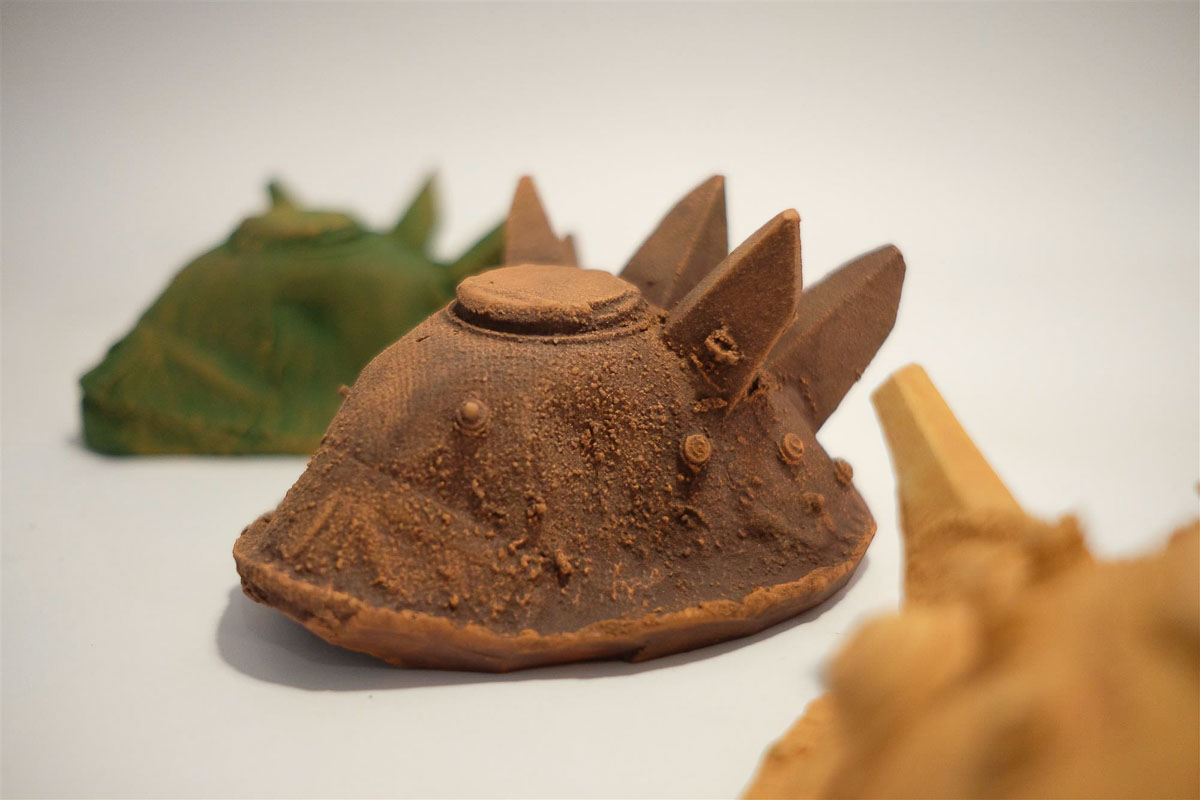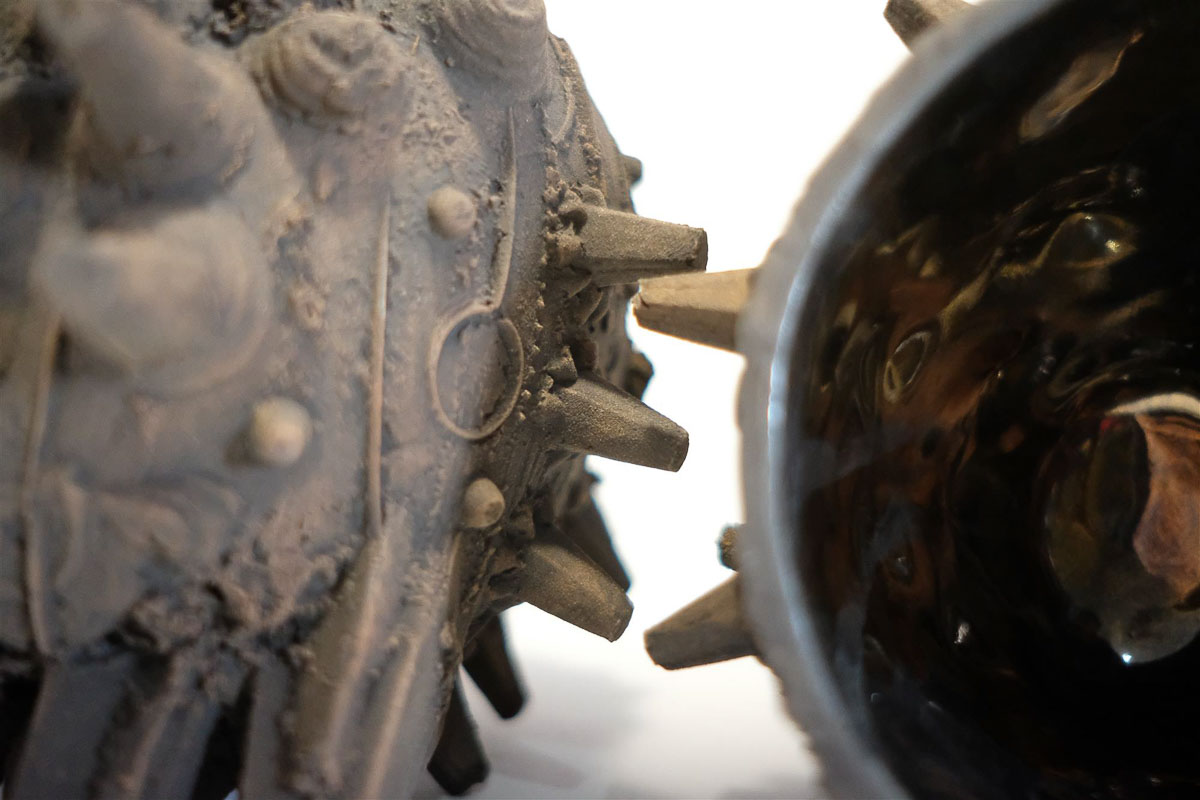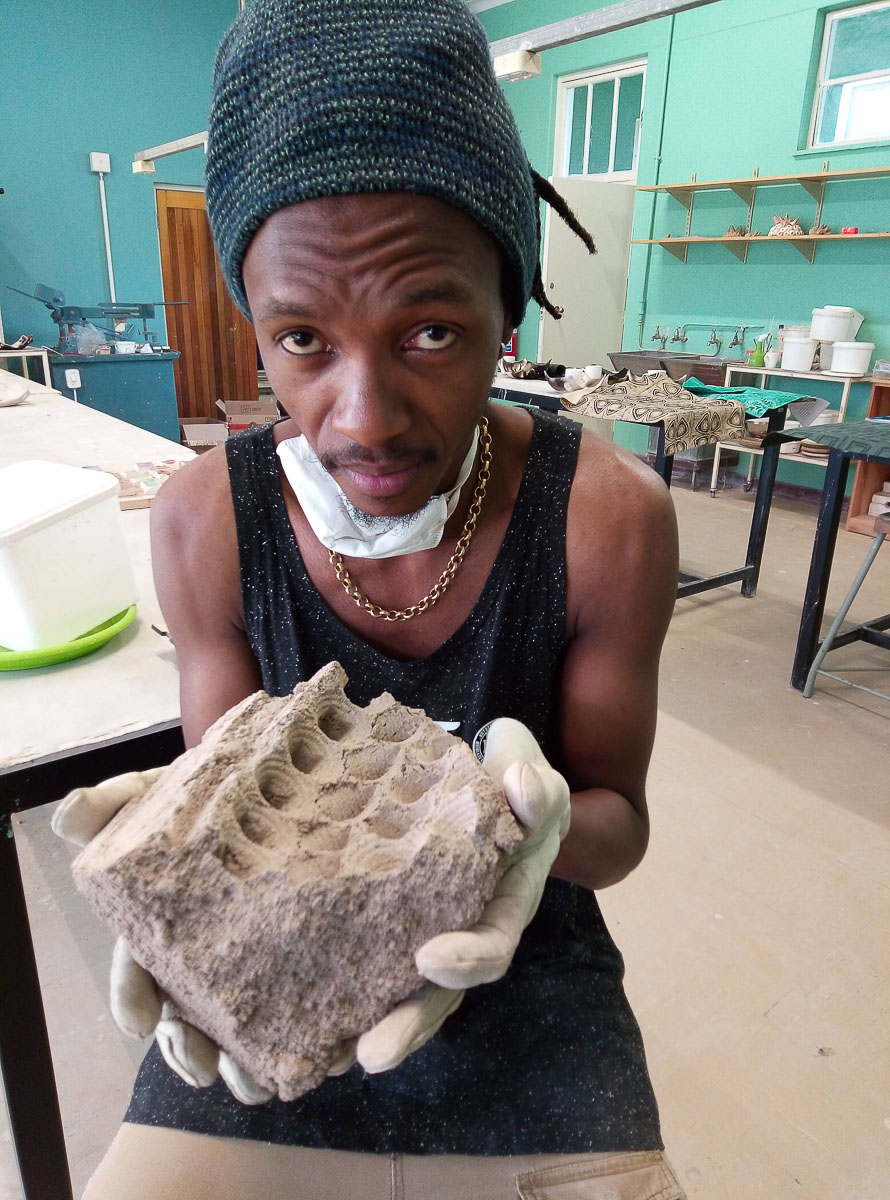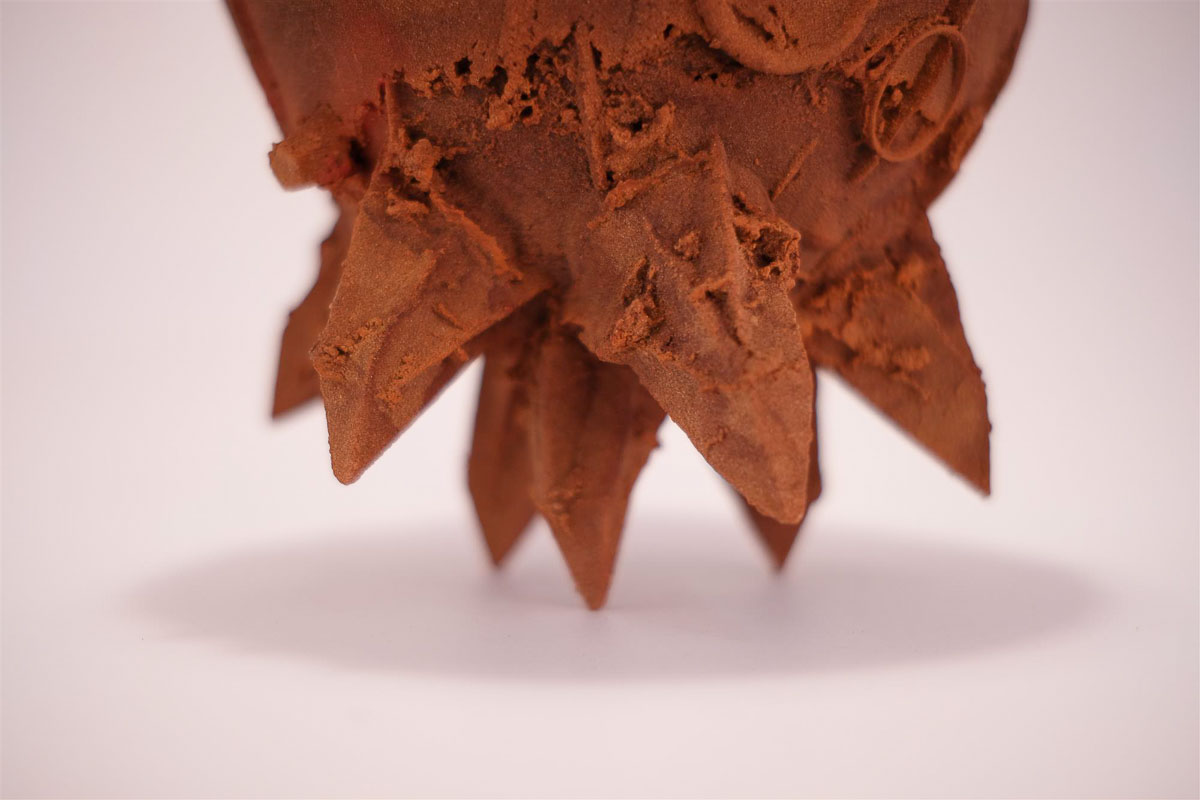For the StateoftheART Gallery Award 2021, we asked artists to find ways to engage with the reality of climate crisis and its impact on their own community; to create work to inspire and encourage societal change. The 10 finalists were chosen from more than 600 submissions from across South Africa, with the judges scoring the artists on the creativity, originality, and technical skill of their entries to this year's Award theme ‘On The Brink, Visualising Climate Change’.
The work of the shortlisted artists will go on show in a special exhibition at StateoftheART’s Cape Town gallery from 16 - 30 October 2021, and the winner announced at the Award Ceremony on 16 October 2021. The winner will receive a R40 000 cash prize and a solo exhibition with the gallery in 2022.
We asked the top ten Gallery Award Finalists some questions to help you get to know them before the Finalists Exhibition in October.
Learn more about the StateoftheART Gallery Award here>>
 "Carbon Generations" by Sylvester Zanoxolo Mqeku. Red Iron oxide, Chrome oxide and Rutile dioxide on Sandcast Terracotta clay, 30 x 10cm
"Carbon Generations" by Sylvester Zanoxolo Mqeku. Red Iron oxide, Chrome oxide and Rutile dioxide on Sandcast Terracotta clay, 30 x 10cm
Sylvester Zanoxolo Mqeku:
Mqeku was born in Mount Fletcher a small town on the edges of the Eastern Cape province of South Africa.
Mqeku began tertiary education at the NMU, Port Elizabeth with background of Art and design and Architectural Technology.
He then completed two years of introductory art and design studies, this qualification comprised of Painting, Graphic Design, Photography, Sculpture, Ceramic Design, Drawing and Art Theory.
In April 2013, after graduating with a diploma in Ceramic Design, he moved to Bloemfontein and began volunteer work at the Oliewenhuis Art Museum, later Mqeku was permanently employed at this Museum.
From 2014 Sylvester Mqeku ventured on a project with VANSA, resigning from the Museum and enrolling at TUT Pretoria where he graduated with Ceramics practice and research methods a B-Tech in Fine Art in 2016.
At this point Mqeku has been enrolled for an M-tech in design and studio art and the CUT Bloemfontein, while there Mqeku has engaged his recyclable ceramic process in public arts practice in partnership with Goethe Institute Johannesburg, with this process he has also taken up international artist residencies including the inagural Blackrock Senegal.
1. Tell us about yourself. Where are you from, and where do you currently live?
I’m originally from Matatiele in the Eastern Cape, but I live in Bloemfontein South Africa.
2. How did you learn about the Award and what made you want to enter?
I learnt about the Award from following StateoftheART Gallery on social media, what made me want to enter is that this year’s theme 'On the brink: Visualising climate change' evoked a literature review that I have been consulting in my Master's dissertation.
3. Tell us about where you make your work.
For the past two years, I have been enrolled at the Central University of Technology, Bloemfontein for a master’s in design and studio art, it is here where my studio is located.
4. What is your key inspiration as an artist?
With the innovative process of sand-cast ceramics my lifelong exploration is the marriage of visual art crafting techniques and 4th Industrial fabrication technologies. As a practitioner and custodian of ceramic art technology (Widely known as Potter) I find there is a need to embrace creativity that takes from the earth nothing that cannot be put back.
5. Do you have any rituals or habits involving your art-making that you can tell us about?
This question would have been much simpler let’s say two years back, but when speaking of habits and rituals id be referring to those actions and practices of my body and mind which surround any creative aspiration surrounding my work, some rituals have vanished some have been replaced and some are changing right under my nose. Besides just being present in studio, scooping sand and negotiating with it, observing clay and other materials, I had made it a habit to go into a new country every year from 2019, I would always select early in the year so that by March or April im back to my studio and my dissertation, this brought an essential energy signature to my work and my thoughts and the world.

"Manganese Particles" by Sylvester Zanoxolo Mqeku. Manganese oxide and Gold glaze on Sandcast Terracotta clay, 2 x 18 x 15cm
6. How does your work convey the threat that climate change poses to our planet and country?
I work with damp sand and clay both these mediums offer endless fascination, amongst stone tools and other junk human beings leave behind on this planet, ceramic objects have been found to be the longest lasting (28 000 years), any imprint that would have been made between then and now would still be visible as the day the clay was fired, my work deploys textures that electrify the need to associate them to the earth and its minerals (Gold) then some bio-tectonic logic, the careful invocation of images of ancient oceans or fossils that emerged from some depleted underground petroleum reservoirs under the Karoo.
7. How is your work relevant in a South African context?
It has been argued that African ceramics (vessels in particular) whether created for beauty or utility, their artistic explanation always revolves around symbols attached to social identity, economic status, or ritual practice. As the only artist in Africa with a ceramic studio dedicated to the use of sandcasting, I not only aim to mount a growing archive of knowledge but to visualize the legacy of South Africa as a natural wonder in human evolution and a cradle of humankind but also to look forward and explore the transition of traditional and physical cultural experience into its point of contact with artificial intelligence, I’m curious about forms of creativity that could never be adopted by Computers.
8. What do you think is the most urgent action required to tackle climate change in South Africa?
I think South Africa as an Eden of the ancient world (Home to a number of heritage sites e.g. cradle of mankind), needs to allow all discussions and policy of public space to be taken with a pinch of creative thinking. Art can retell what is wrong in a situation using a shared symbolic language that will exclude no one perceiving it, in the situation of reducing carbon emissions understanding where the emissions are and reducing them requires major shifts in human behaviour, ourselves first for instance.
9. Which South African artists, organisations or environmental activists do you find inspirational at the moment and why?
This is a tough one but I have to say the Rupert Museum and their initiative of the “Social Impact Arts Prize" is an excellent example in this regards for me, up until the year 2020, They insist of the promotion of projects who researched ways in which creative thinking can influence, affect, or simply make us more aware of societal conditions in our world today.
 Sylvester Zanoxolo Mqeku in studio.
Sylvester Zanoxolo Mqeku in studio.
10. How do you feel about the upcoming group exhibition and the other shortlisted finalists’ works?
Being in the top ten makes me incredibly grateful and props me to be more vigilant of the nature of my work, I am incredibly nervous, as I am one of only ten who might walk away as winner, the work I entered with seems much small compared to other finalists and I can only be aware of this.
11. What do you think of the StateoftheART Gallery Award as a platform for emerging artists in South Africa?
When I live and work (Bloemfontein I know a few people that have gotten awareness of the award, and each year are inspired to try harder to reach for the award, this makes it worthwhile to exist within a community of different artistic practices.
12. If you win the Gallery Award, tell us about what you have in mind for your solo exhibition in 2022?
Another difficult and interesting question, but to just skim off the top I’d say that indeed the initial dream was to win the award. I read the brief diligently and understood how my creative process and objects might fit to qualify to vividly visualise the human impact on our current natural environmental decline. If I win the award the most exciting part for me would be where I expand the visual vocabulary of my sand cast ceramics universe and especially tying it as a traditional craft technology to other more recent fabrication technologies such as 3D Printing as it already is the prescription in my Master's dissertation, winning the award will certainly open the way to formally and professionally introducing the world to a proudly South African method of creation.
13. Finally, tell us something surprising about yourself.
I quit a lucrative Museum job to pursue the possibilities of experimenting with sand-cast ceramics, using only one quote “In life have a plan, then stick to it”.

"Nidoviral 25" by Sylvester Zanoxolo Mqeku. Red Iron oxide, Ceramic stains and Gold glaze on Sandcast Terracotta clay, 21 x 15cm

